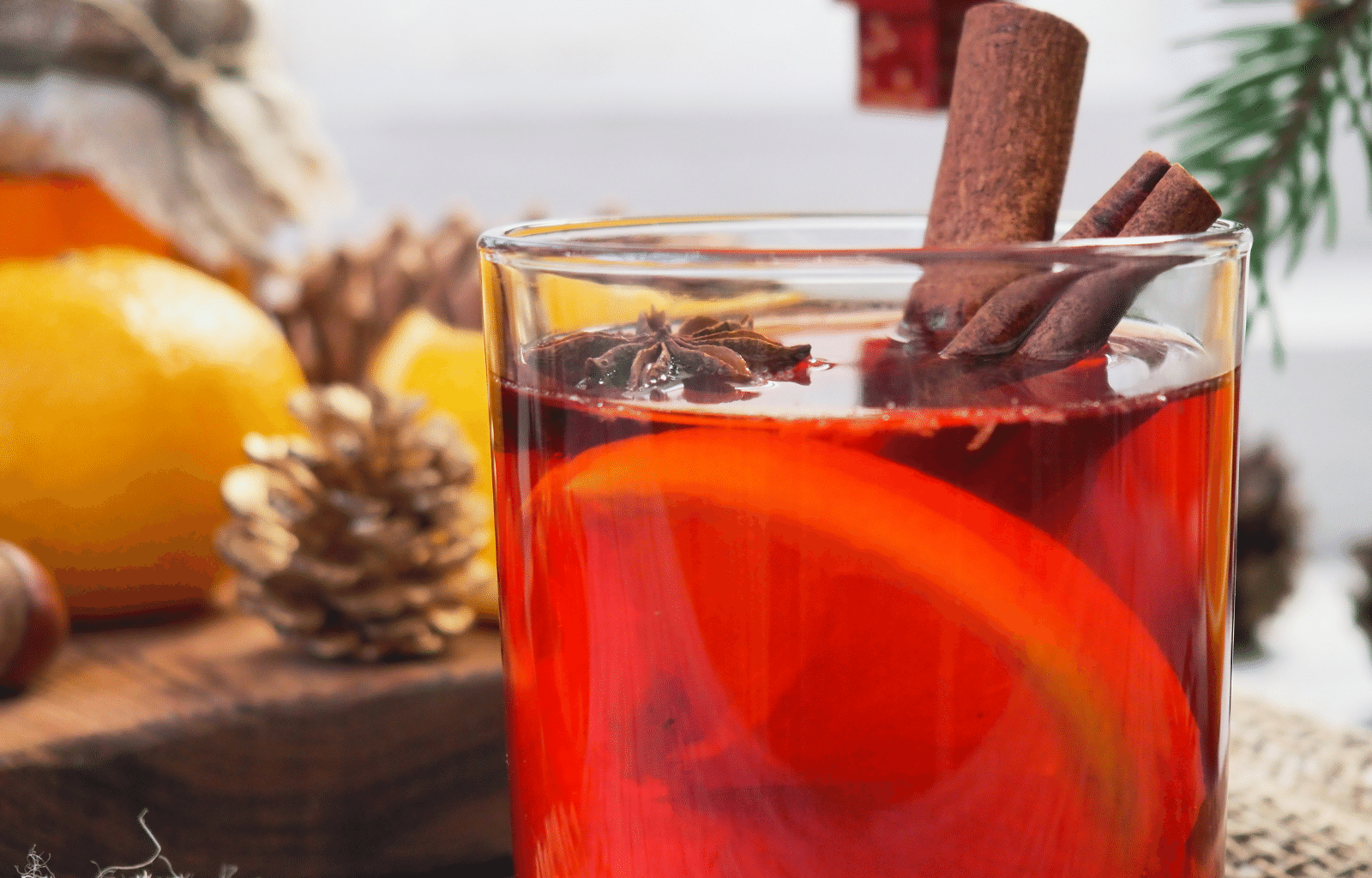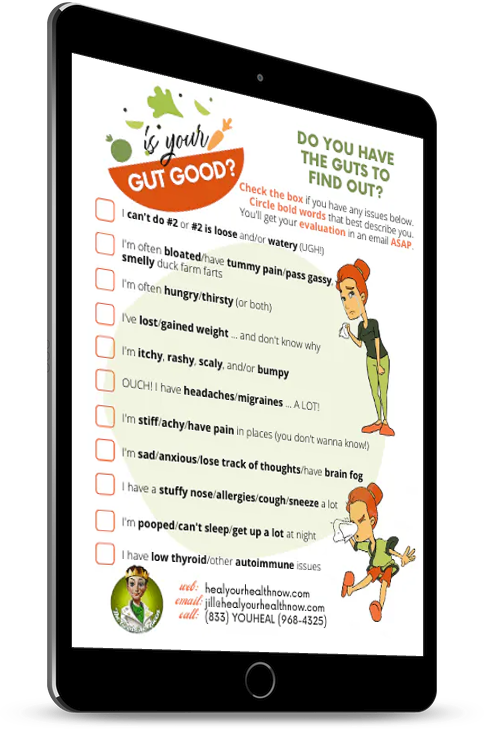I first learned about shrubs by accident. I was leafing through my 1996 holiday issue of Eating Well (unfortunately no longer available as it has gone the way of many in-print magazines) and happened upon a recipe for Cranberry Shrub.
It intrigued me. And was the basis for a dynamite first-course salad with Cranberry-Pecan-crusted goat cheese log slices that I served many many times at various festive meals. I loved it that much!
But I didn't realize until recently that shrubs were FERMENTS! And that they had a looong history ... in cultures spanning the globe ... from China to Britain. But it was in America where vinegar-based drinks ... as antidotes to sweltering summers ... really came into their own.
The ferment thing made perfect sense as there were no real forms of refrigeration at that time and any form of preservation (i.e. vinegar and sugar) was welcomed. With added spirits or by itself, it made a refreshing drink.
Just like any ferment, adding fruit or veggies (yes ... you can use things like rhubarb and cucumber for shrubs too) to vinegar and sugar and have them sit at room temperature for a few days does the trick. Which became a problem when I was looking for something Paleo.
Shrubs for the Paleo Diet
Then I found these recipes that were unsweetened (you can douse with stevia later if you want) or used Paleo-friendly maple syrup. And was THRILLED!
The Cherry Vanilla Shrub below is now percolating on my counter. When it's done, I'll serve it with mineral water and ice (my apologies to the colonials), as the base for a kick-ass salad dressing, or splash it into a little whiskey.
I've also included a recipe for digestive shrub ... a small amount of which can really enhance your digestion as well as kickstart your gut healing. Because it has the following ingredients:
Dynamite Ingredients for YOUR Digestion
Berries: the blue and red ones have natural chemicals called anthocyanins that may reduce oxidative stress. They're also high in fiber, vitamin C, and antioxidants. And can reduce inflammation and blood sugar among many other benefits.
Licorice Root: I use DGL (Deglycyrrhizinated Licorice) chewable tablets to instantly calm my uppity stomach. But licorice has many other benefits including liver protection, detoxification, reducing depression, and boosting immunity. It's even a natural cure for H. Pylori.
Ginger: Ginger has been used for centuries as a tummy-soother (I remember my mom giving me Ginger Ale as a little kid). Ginger helps speed up the digestive process ... and gastric emptying, which reduces the possibility of reflux. It also boosts immunity.
Cinnamon: I have an over-hundred year-old transcript from trance channeler Edgar Cayce that touts cinnamon as a blood sugar balancer. Cinnamon has been used for centuries to improve gut health and treat a variety of health concerns. It's an anti-microbial, anti-parasitic, antioxidant secret weapon!
Cinnamon helps support the optimal environment for “Good Gut Guy" microbiome bacteria to thrive while suppressing the growth of the "Bad Gut Guys". And ... even better ... chemicals in cinnamon adjust to your body’s specific needs.
Apple Cider Vinegar: One of the most ancient of health elixers, apple cider vinegar has been touted as a pH balancer, harmful bacteria killer, blood sugar lowerer, and weight loss aid.
With all that goodness ... WHY NOT! There ARE ready-made shrubs, but I can't find any that don't use sugar. Not only not Paleo ... I'm allergic. But some of these take such a short time ... and food prepration is such a basic joy ... WHY NOT! 'NUF SAID!
Fermented foods are a gut-healing panacea! Shrubs are basic ferments, easy to make, and these recipes are also Paleo-friendly. Eat (uh ... drink) 'em UP!

Place the cherries in a large jar or bowl (you can leave the pits in). Add the vanilla bean and maple syrup and use a muddle stick (or other blunt object) to mash the cherries to a pulp.
Stir in the vinegars. Cover and let sit on the kitchen counter for 24 to 48 hours.
Strain the shrub, pressing down on the solids to extract all the juice. Discard the pulp.
Pour the shrub into a jar or bottle and store in the refrigerator. It should keep for at least 1 month.
Add a couple of tablespoons to sparkling water (I need to sweeten it more with stevia) or use as the base for a dressing. Or take a spoonful ... remember ... a spoonful a day keeps dis-ease away!
Put all fruits and herbs into a clean glass 1-quart jar. Add additional fruit to fill the jar if desired.
Using a muddle stick or wooden spoon, muddle the mix to release the juices and oils.
Pour in vinegar until the jar is nearly full, leaving about one onch of space on the top.
Place a clean cheesecloth or coffee filter over the jar and secure it with a rubber band or the metal ring of your jar. Leave the jar out overnight for about 12 hours to accelerate the fermentation process.
After 12 hours, remove the cover, place a piece of parchment paper or a double coffee filter over the opening, and then screw the lid onto your jar. This ensures that the vinegar doesn't contact the plastic surface of your lid.
Shake the jar gently two or three times a day for 3 days.
After three days, change the parchment/coffee filter to prevent mold growth and transfer the jar to the fridge for 4 more days, continuing to shake it a few times a day.
After a total fermentation period of 6 to 7 days, strain the solid parts out through a fine mesh strainer over a bowl or large measuring cup. Press on the solids to extract all the liquid, then discard.
Pour the liquid into a clean jar. This mixture will keep in the fridge for 2 to 3 months or more. Take a spoonful a day or sweeten with stevia and mix into a glass of sparkling water.
Ingredients
Directions
Place the cherries in a large jar or bowl (you can leave the pits in). Add the vanilla bean and maple syrup and use a muddle stick (or other blunt object) to mash the cherries to a pulp.
Stir in the vinegars. Cover and let sit on the kitchen counter for 24 to 48 hours.
Strain the shrub, pressing down on the solids to extract all the juice. Discard the pulp.
Pour the shrub into a jar or bottle and store in the refrigerator. It should keep for at least 1 month.
Add a couple of tablespoons to sparkling water (I need to sweeten it more with stevia) or use as the base for a dressing. Or take a spoonful ... remember ... a spoonful a day keeps dis-ease away!
Put all fruits and herbs into a clean glass 1-quart jar. Add additional fruit to fill the jar if desired.
Using a muddle stick or wooden spoon, muddle the mix to release the juices and oils.
Pour in vinegar until the jar is nearly full, leaving about one onch of space on the top.
Place a clean cheesecloth or coffee filter over the jar and secure it with a rubber band or the metal ring of your jar. Leave the jar out overnight for about 12 hours to accelerate the fermentation process.
After 12 hours, remove the cover, place a piece of parchment paper or a double coffee filter over the opening, and then screw the lid onto your jar. This ensures that the vinegar doesn't contact the plastic surface of your lid.
Shake the jar gently two or three times a day for 3 days.
After three days, change the parchment/coffee filter to prevent mold growth and transfer the jar to the fridge for 4 more days, continuing to shake it a few times a day.
After a total fermentation period of 6 to 7 days, strain the solid parts out through a fine mesh strainer over a bowl or large measuring cup. Press on the solids to extract all the liquid, then discard.
Pour the liquid into a clean jar. This mixture will keep in the fridge for 2 to 3 months or more. Take a spoonful a day or sweeten with stevia and mix into a glass of sparkling water.


Leave a Reply